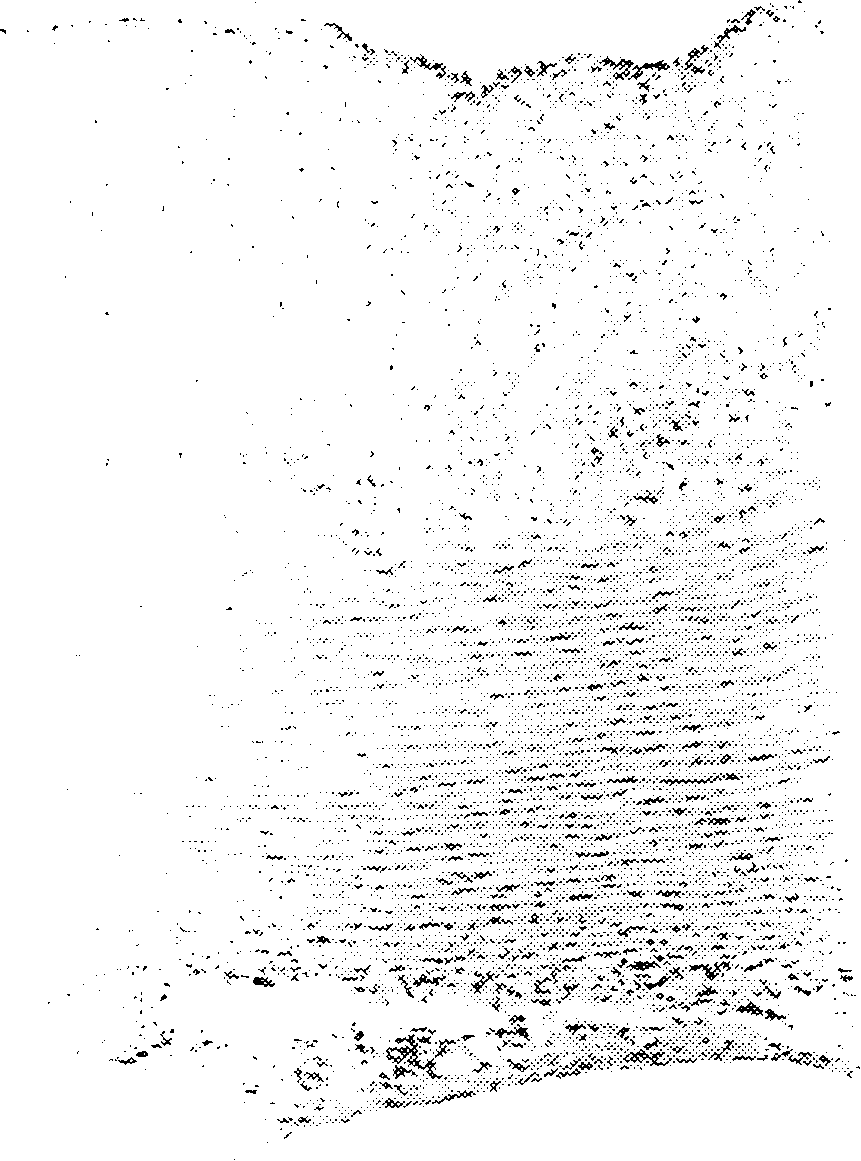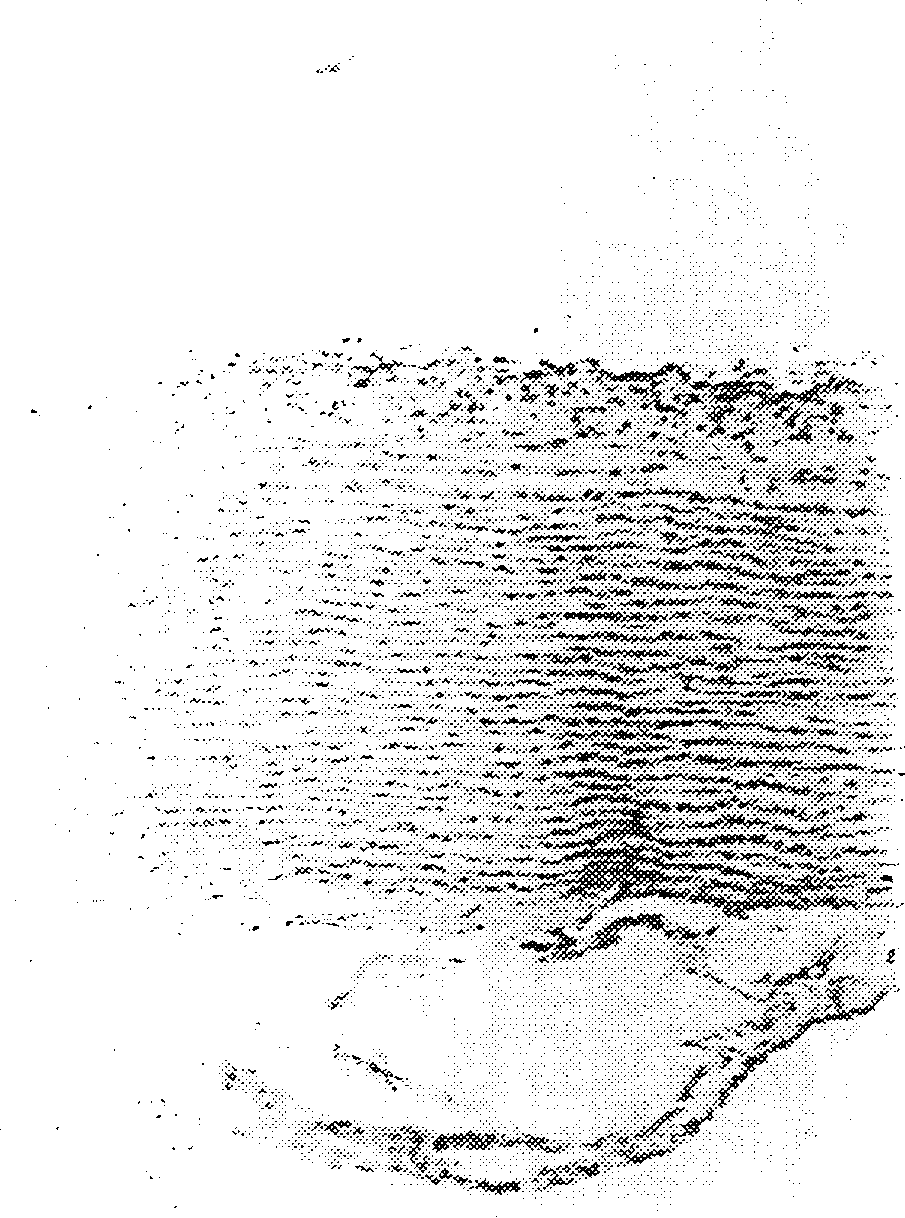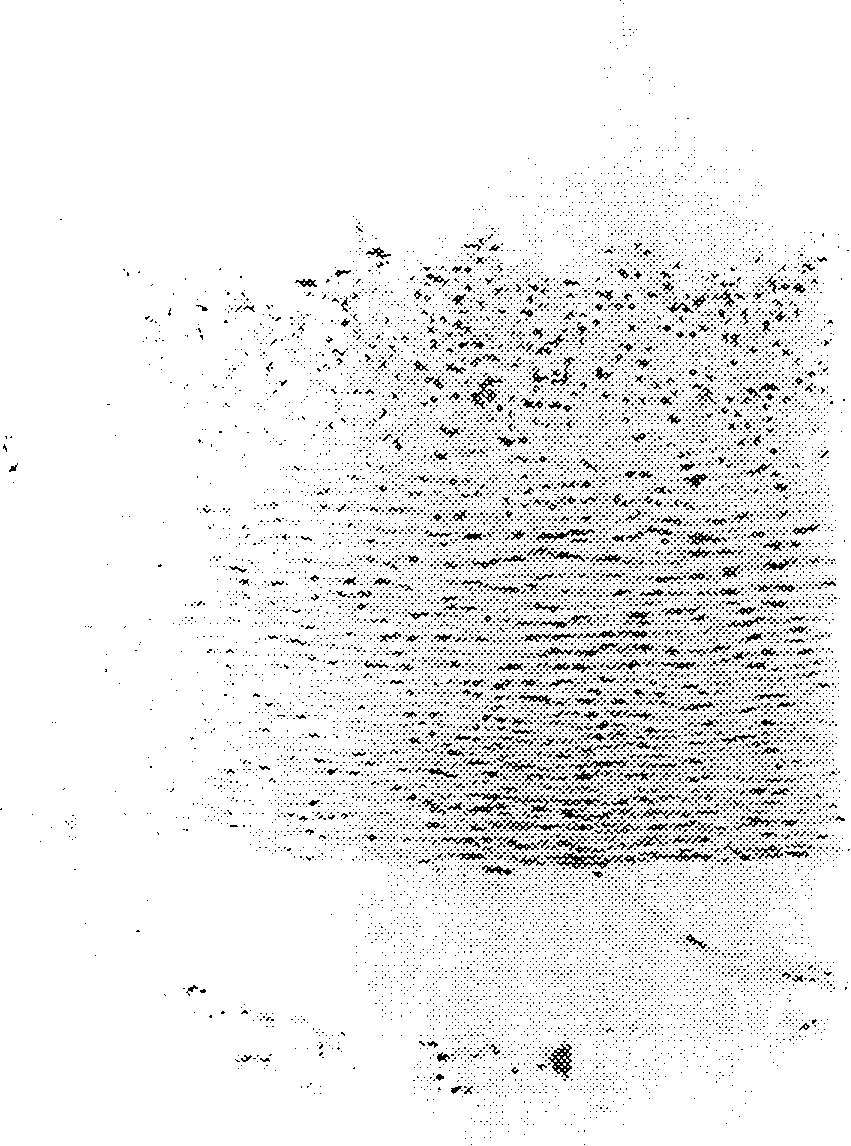Compsn. contg. neohesperidin dihydrochalcone for preventing or treating elevated blood lipid and glucose level-reated diseases
A technology of hesperidin dihydrochalcone and blood sugar level, which is applied in the functional food or beverage composition for treating such diseases, neohesperidin dihydrochalcone. field, able to address issues such as toxicity
- Summary
- Abstract
- Description
- Claims
- Application Information
AI Technical Summary
Problems solved by technology
Method used
Image
Examples
Embodiment 1
[0033] Additionally, percentages of solids in solid mixtures, percentages of liquids in liquids, and percentages of solids in liquids given below are based on wt / wt, vol / vol, and wt / vol, respectively, and unless otherwise specified, all reactions are at room temperature conduct. Example 1: Toxicity of Oral Administration of Neohesperidin Dihydrochalcone
[0034] Twelve 7-week-old specific pathogen-free ICR female mice, 6 female mice weighing approximately 25-29 g each, and 6 male mice weighing approximately 34-38 g each were maintained at a temperature of 22 ± 1°C, relative humidity 55±5% and photoperiod 12L / 12D. Feed (Cheiljedang Co., mouse and rat feed) and water were sterilized and fed to the mice.
[0035] Neohesperidin dihydrochalcone purchased from Aldrich-Sigma Chemical Co. (St.Louis, MO, U.S.A) was dissolved in 0.5% Tween 80 to a concentration of 100 mg / ml, and the solution was orally administered to mice, The dosage is 0.2ml / 20g mouse body weight. The solution was...
Embodiment 2
[0037] diet group
[0038] Within 6 weeks, the rats were allowed to eat the designated food and water freely, the daily intake was recorded, and the rats were weighed every 7 days, and then the records were analyzed. All rats showed normal growth rates, with no significant differences between the two groups in terms of food intake and weight gain. (Step 2) Determination of total cholesterol, HDL-cholesterol and neutral lipid content in blood
[0039] The effect of administration of neohesperidin dihydrochalcone to rats on plasma cholesterol and neutral lipid levels was determined as follows.
[0040] Group
[0041] It can be seen from Table 2 that the total plasma cholesterol level in the neohesperidin dihydrochalcone group was 15% lower than that in the control group. In addition, the neutral lipid content of the neohesperidin dihydrochalcone group was 9% lower than that of the control group. Example 3: The activity of neohesperidin dihydrochalcone in i...
Embodiment 3
[0042] To determine the effect of feeding neohesperidin dihydrochalcone on the activity of ACAT in rats, microsomes were isolated from ready-to-use liver tissue as the enzyme source.
[0043] Each 1g of liver from each group of rats in Example 2 was mixed in 5ml of homogenization medium (0.1MKH 2 PO 4 , pH7.4, 0.1mM EDTA and 10mM β-mercaptoethanol) homogenized. The homogenate was centrifuged at 3000xg and 4°C for 15 minutes, and the supernatant thus obtained was centrifuged at 15000xg and 4°C for 15 minutes to obtain a supernatant. The supernatant was put into an ultracentrifuge tube (Beckman) and centrifuged at 100000xg and 4°C to obtain a microsomal pellet, which was then suspended in 3 ml of homogenization medium and centrifuged at 100000xg and 4°C for 1 Hour. The resulting pellet was suspended in 1 ml of homogenization medium. The protein concentration in the resulting suspension was determined by the Lowry method and adjusted to 4-8 mg / ml. The resulting suspension wa...
PUM
 Login to View More
Login to View More Abstract
Description
Claims
Application Information
 Login to View More
Login to View More - R&D
- Intellectual Property
- Life Sciences
- Materials
- Tech Scout
- Unparalleled Data Quality
- Higher Quality Content
- 60% Fewer Hallucinations
Browse by: Latest US Patents, China's latest patents, Technical Efficacy Thesaurus, Application Domain, Technology Topic, Popular Technical Reports.
© 2025 PatSnap. All rights reserved.Legal|Privacy policy|Modern Slavery Act Transparency Statement|Sitemap|About US| Contact US: help@patsnap.com



